The home of chocolate, canals and cobblestones was next on the agenda – Bruges. Sometimes referred to as ‘The Venice of the North’ the chocolate box pretty and best preserved medieval city in Belgium sounded wonderful and we were keen to see it for ourselves. The capital of West Flanders its well known for its waterways which link it to the North sea. Its also a Unesco World Heritage site packed full of important historical monuments, churches and stunning architecture. Parking the motorhome on the R30 ringroad circling the medieval centre of Bruges, we took a 5 minute stroll along the road to Gentpoort. One of only 4 remaining original defensive gateways into the old city, the Gate of Ghent still stands proudly as it did when it was built in the early 1400s and there is now a small museum inside.
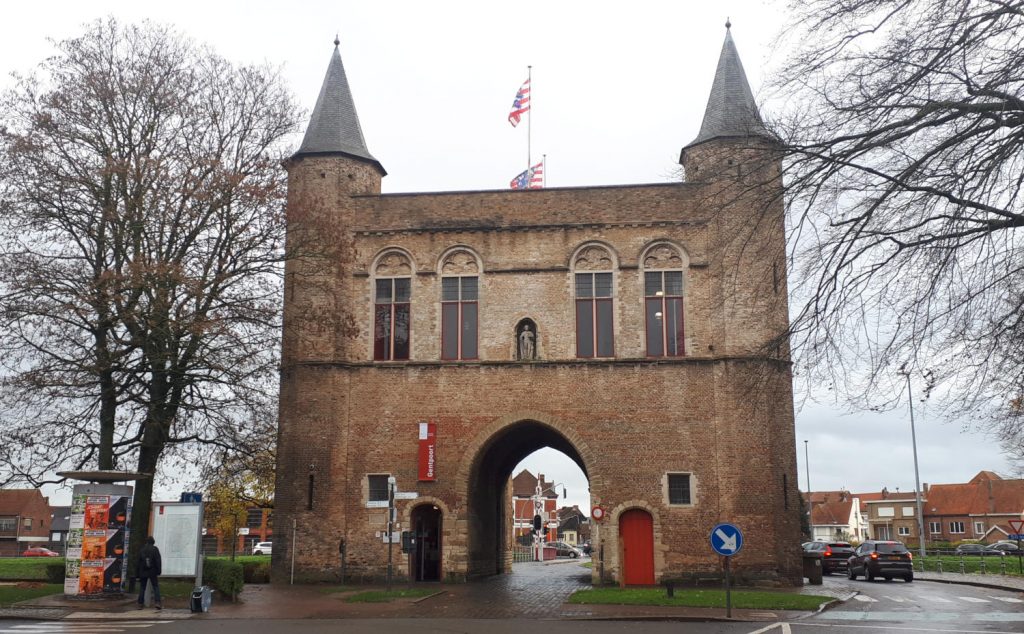
It wasn’t long before we reached the picturesque Groene Rei (Green Bank), the canal waters flowing gently with a steady stream of tourist boats gliding up and down. Lined with trees and old buildings it set the scene for the rest of our visit. The streets were really busy and we couldn’t quite believe the number of boats going by every few seconds. If only the sun had come out and cast out some warmth it would have been perfect! Bruges is the perfect city to walk around, being big enough but not too big. There is plenty to see and the architecture is beautiful. Every way you turn there is a colourful ornate building, enchanting little canal or charming little street. Along with its canals Bruges is also well know for its horse and carriages. Clip clopping through the streets every few minutes, they added to the old-fashioned atmosphere and appeal.
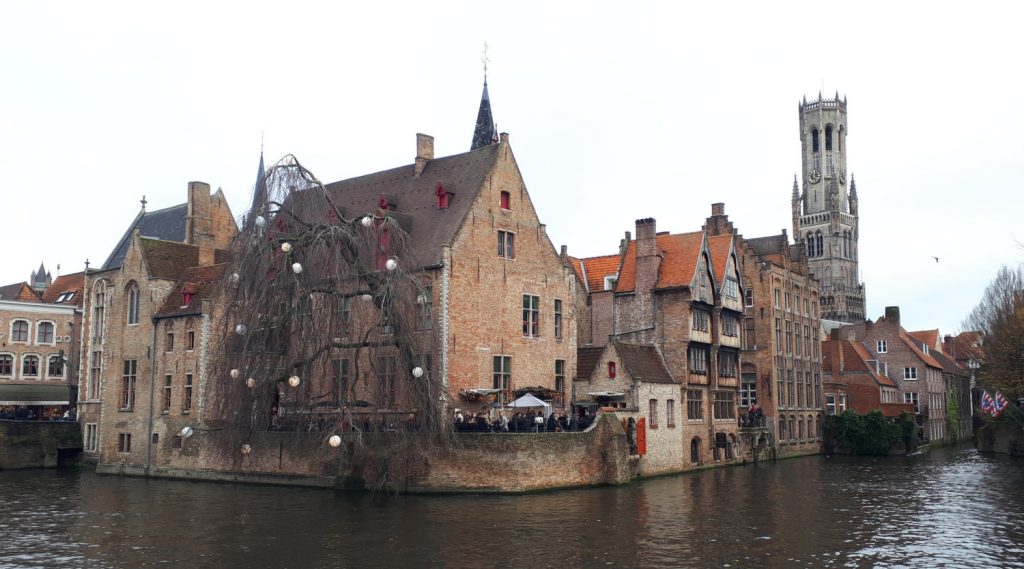
There’s no denying that we were keen to visit the chocolate shops. Well you can’t really come to Bruges and not indulge can you? The number of chocolate shops was nothing short of incredible. It seemed that almost every other shop was selling chocolate and the air was thick with the sweet smell of cocoa. We must have looked in dozens of chocolate shop windows and gone in nearly as many, tasting free samples as we went, until eventually we couldn’t take any more! The Belgian cuberdons were not in short supply either along with other temptations in the form of macarons, gingerbread and more Belgian waffles.
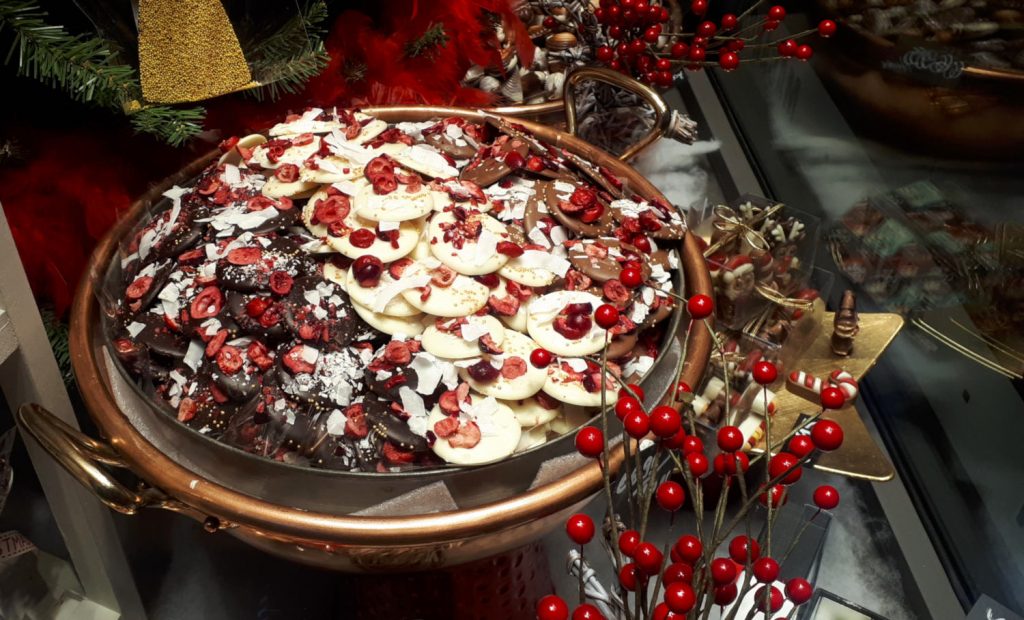
Searching for the last remaining working brewery in the centre of Bruges, the Brouwerij De Halve Maan, we accidentally went too far and found ourselves in an area of tranquility. Going through a stone gateway over the canal we’d discovered the Begijnhof, a garden surrounded by white painted houses and former convent founded in 1245 still inhabited by nuns. It was all a bit too quiet for us so we double-backed and headed up the Walplein, finding the Half Moon brewery we’d been looking for. As you go in the entrance you walk over a glass panel in the pavement with a clear view below to a double pipe, 3km long which pumps beer from the brewery to the bottling plant. The Bruges city beer, or Brugse Zot, is a blond beer also available in dark or seasonal varieties. You can take a beer tour, go in the museum or just sit and enjoy a cool pint in the beer garden.
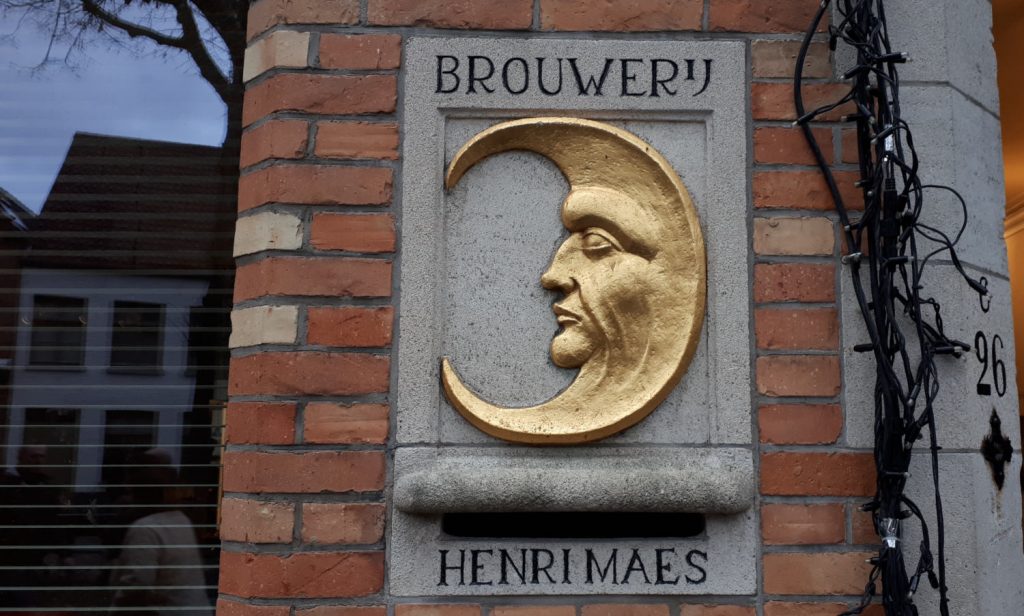
Its hard to visit Bruges without noticing the towering 13th century Belfry. Standing at 83 metres tall it houses, amongst other things, a set of bells (carillon) with no less than 47 differently toned bells. A world heritage protected site, its definitely a must see and you can also climb the 366 steps up inside for a panoramic view over the city if you’ve legs are feeling lively! Bruges’ streets are full of mysterious little lanes and alleyways between shops. We followed one, passing shops, little cafes and a barber shop and it suddenly opened out into The Burg, Bruges second main square and home to the Staduis or City Hall. The city has been governed from here for more than 600 years and the building is an impressive Gothic masterpiece with ornate detailing inside and out.
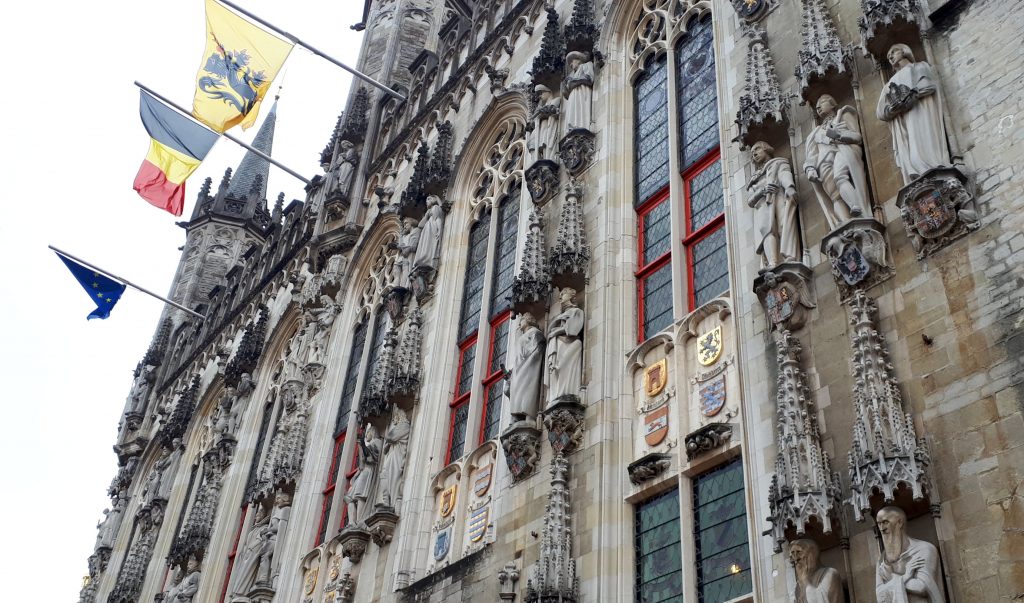
Another interesting part of the town was the Vismarkt or old Fish Market. Its a large central outdoor market square surrounded on 3 sides by fish stalls surrounded by tall columns. Fish used to be sold on the main city square in the Markt but the smell was too much for the locals and the fishmongers were forced to move. The covered arcade was specially built in 1821 for the purposes of selling fish with stone counters that could be easily washed down and kept cool in the shade. They still sell fish here on Wednesday to Saturday mornings but the day we visited there was no fish, just a few gift traders selling their wares along one side. By late afternoon the sun had gone down and we had made it to the main square, Markt where the Christmas market was being held. The square was absolutely packed with little wooden huts, an ice rink and hundreds of people milling about, eating, drinking and shopping.
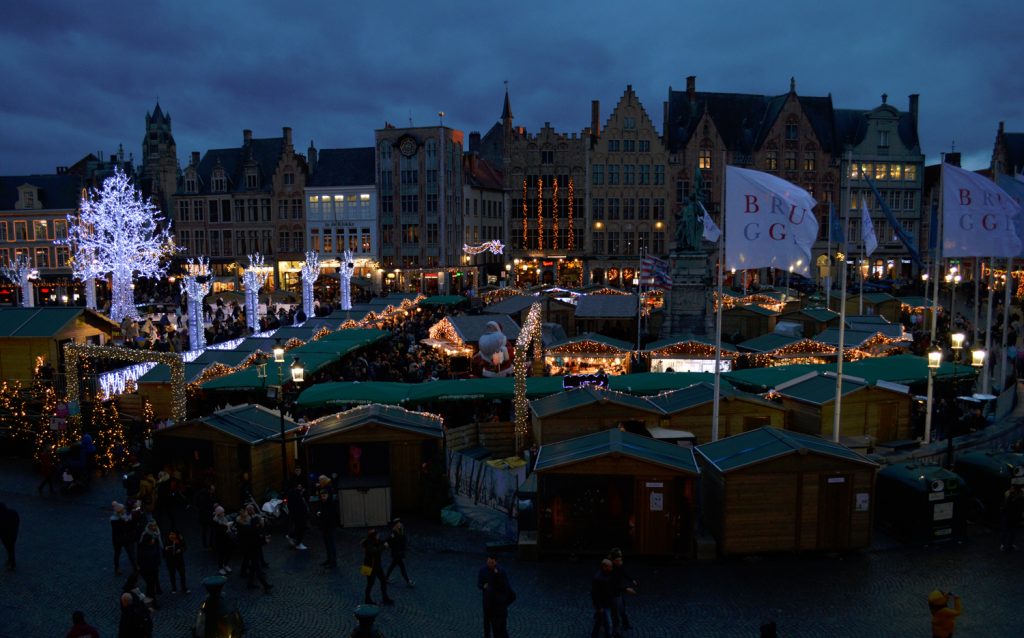
We’d noticed people on a terrace high up on the front of a building facing the square. It was the Historium, Bruges’ most visited attraction – a museum and historical reconstruction documenting the history of the medieval city with audio guides and fictional models. We didn’t want to go into the visitor centre, just wanted to get up to the terrace, so we climbed the stairs bypassing the ticket office, walked through the bar and found the terrace with lovely views over the Markt. There were a couple of free bar stools at the front and we took our chance to grab them while we could, ordered a couple of drinks and sat watching the sky darken and the lights brighten. We had a great view over the market, ice skating rink and all the little cabins and it got even prettier the later it got.
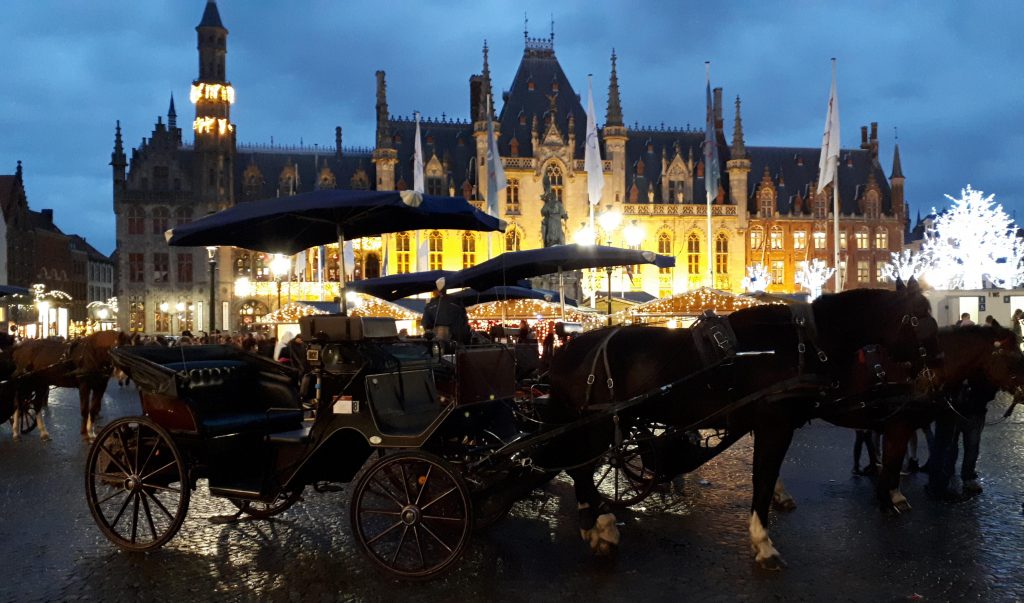
Eventually we dragged ourselves away and went back down to explore the market, finding the usual array of gifts, edible treats and drink stands. There was even more chocolate, huge big slabs of it, truffles, discs and bars but we resisted any further temptation and went back to Buzz after an enjoyable albeit cold day. We’d like to return to Bruges in the summer so we can wander more at leisure, sit out along the canals and enjoy this beautiful scenic city to the full.


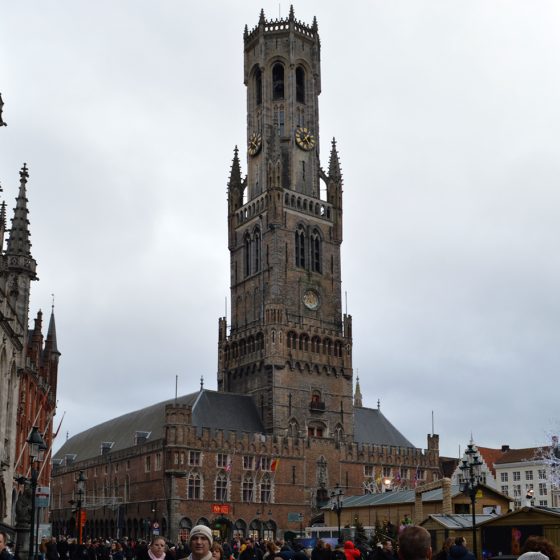
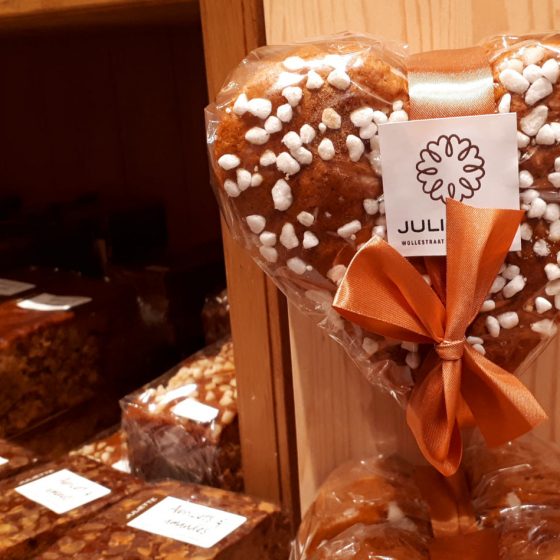
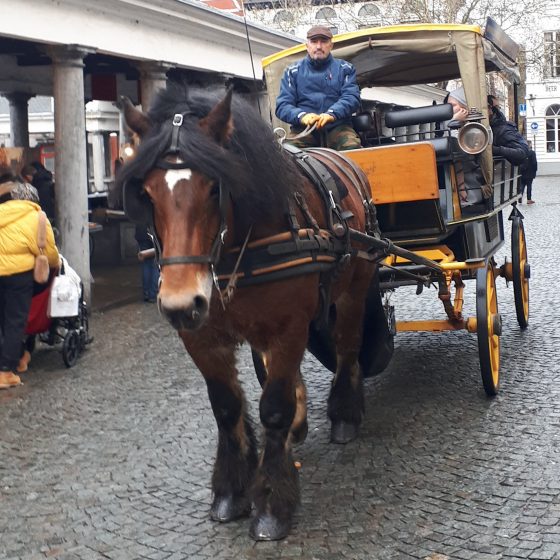
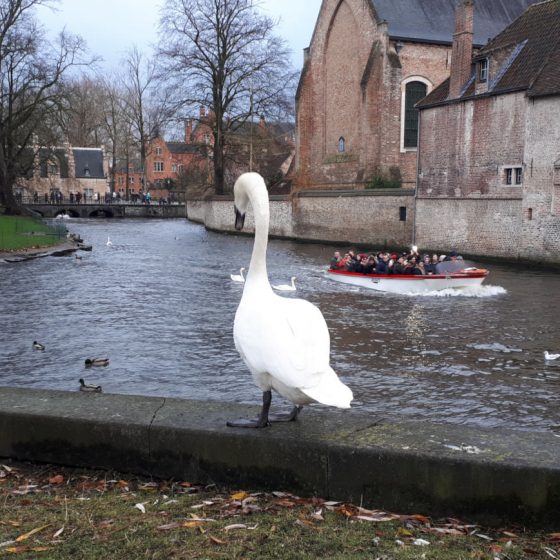
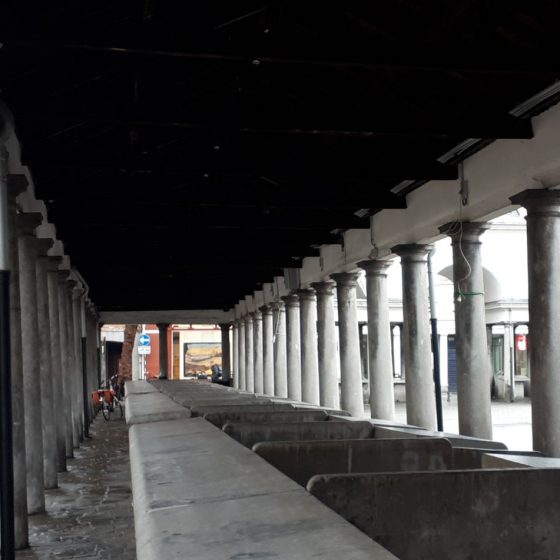
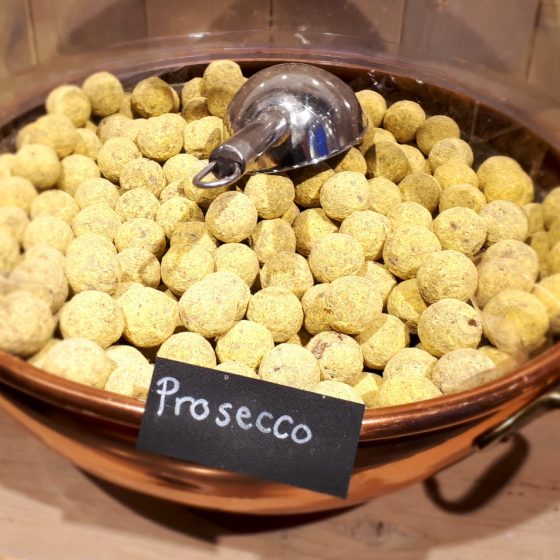
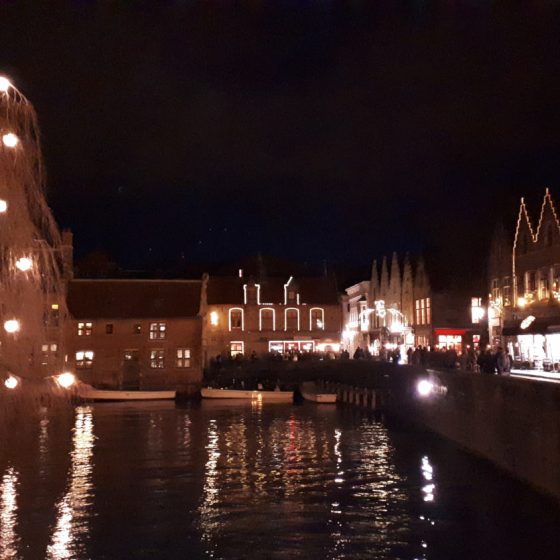
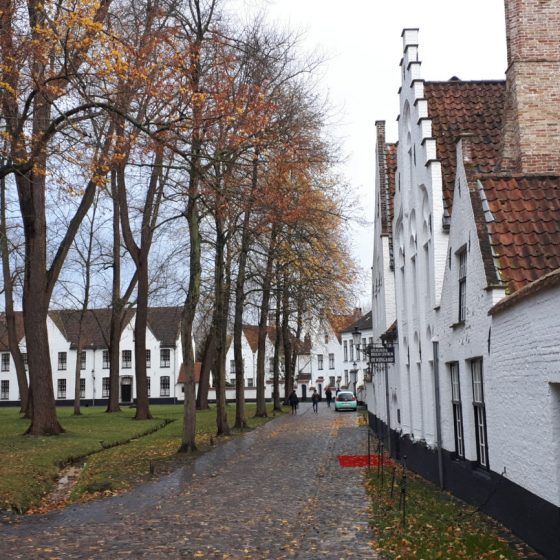
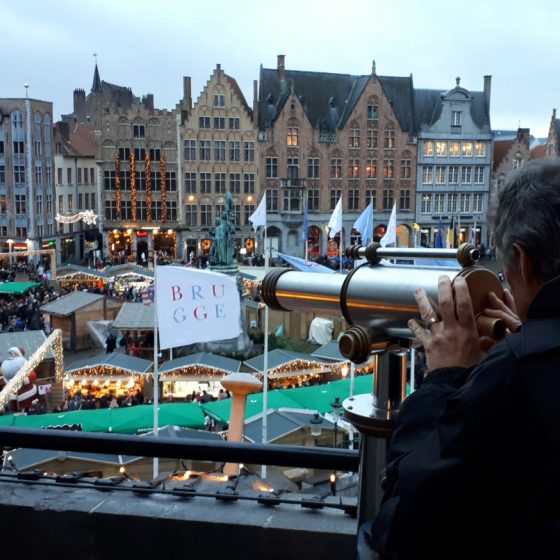
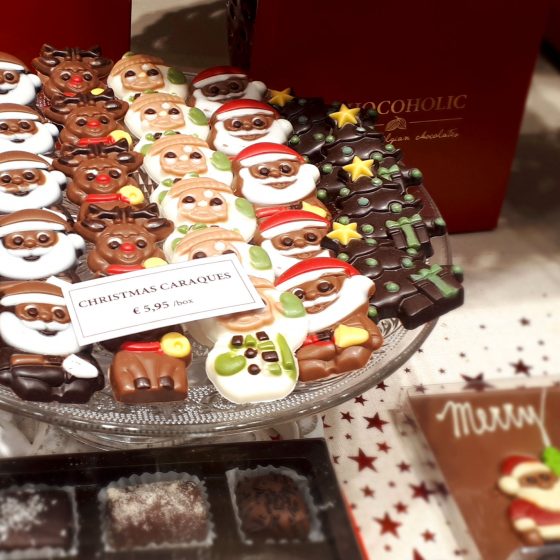
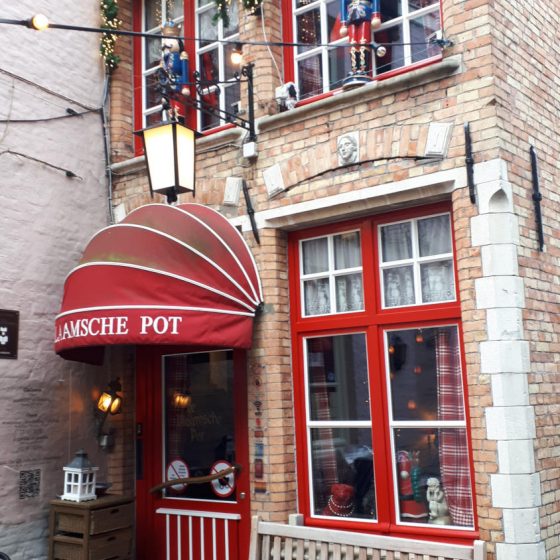
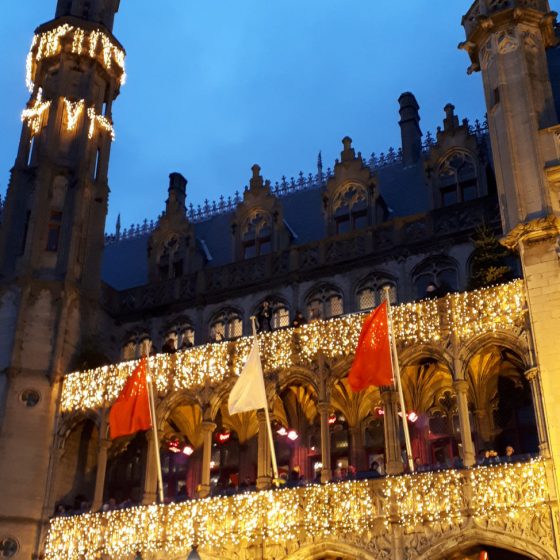
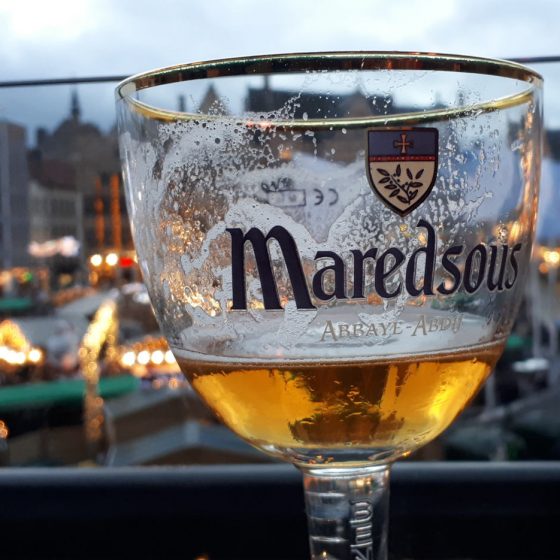
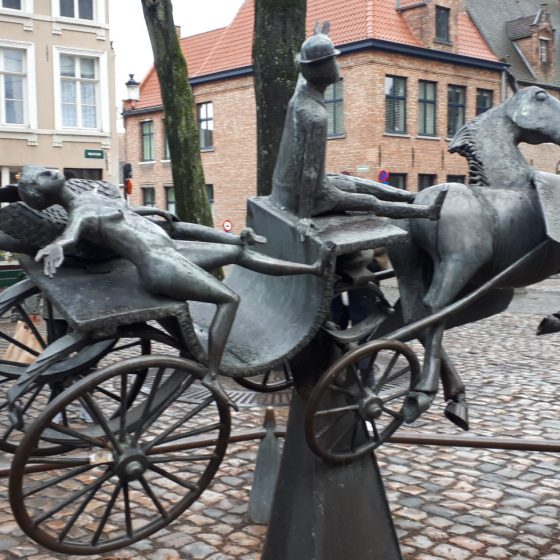
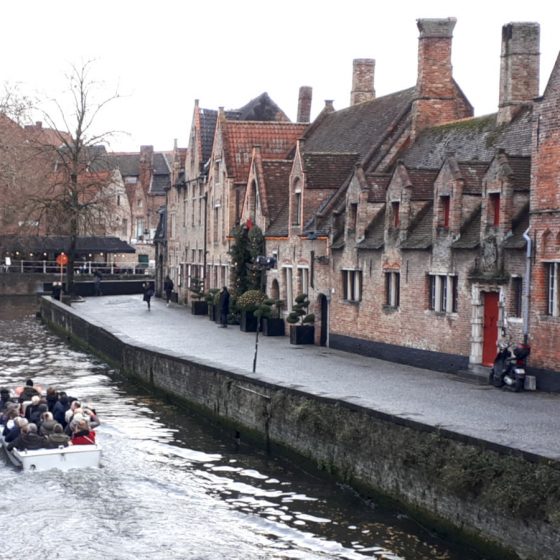
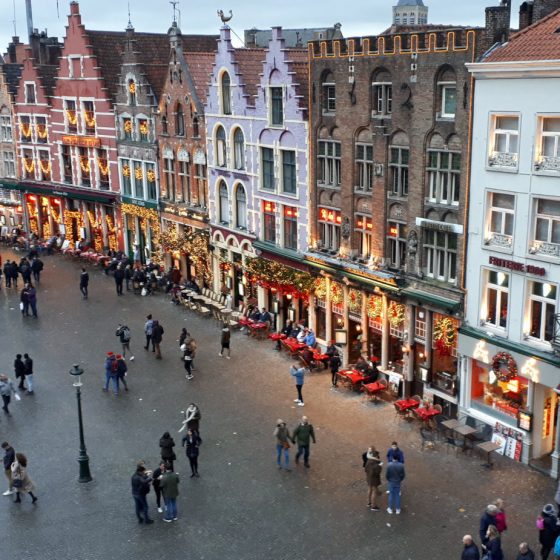
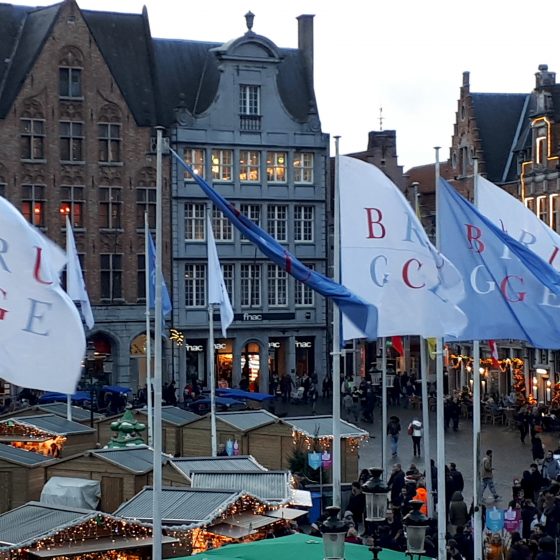
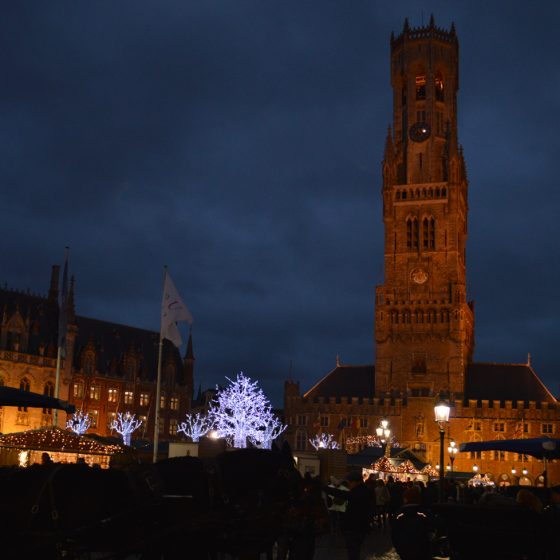
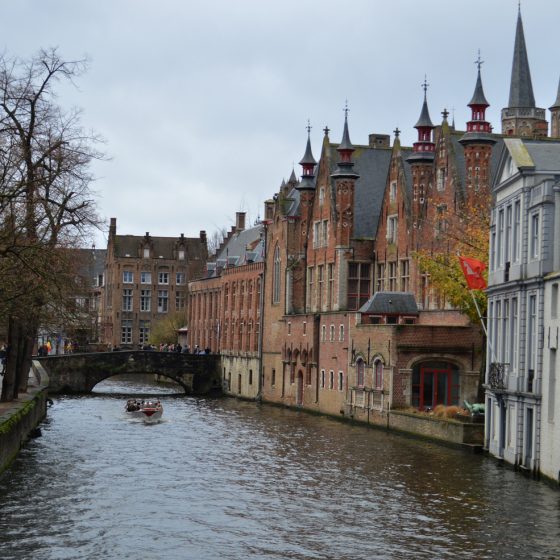
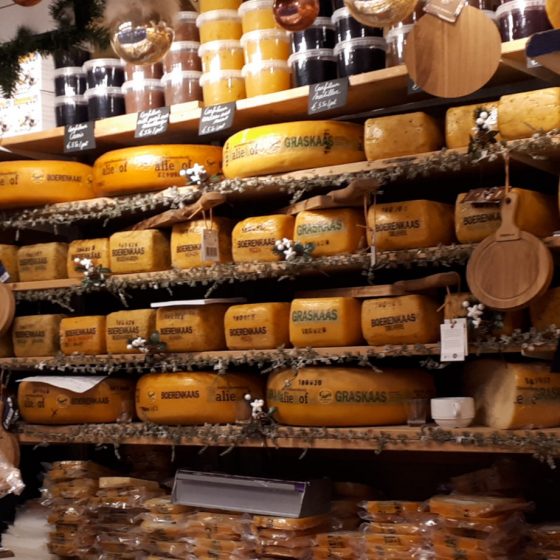
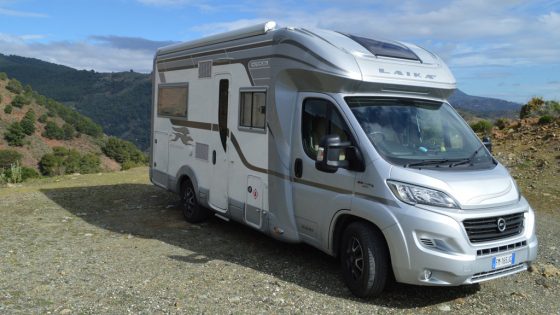
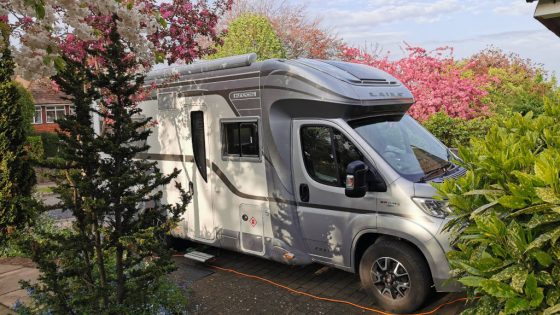
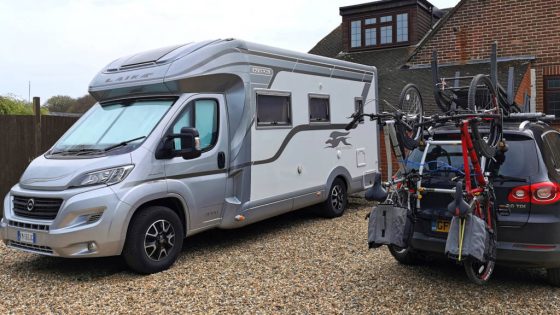
Leave a Reply